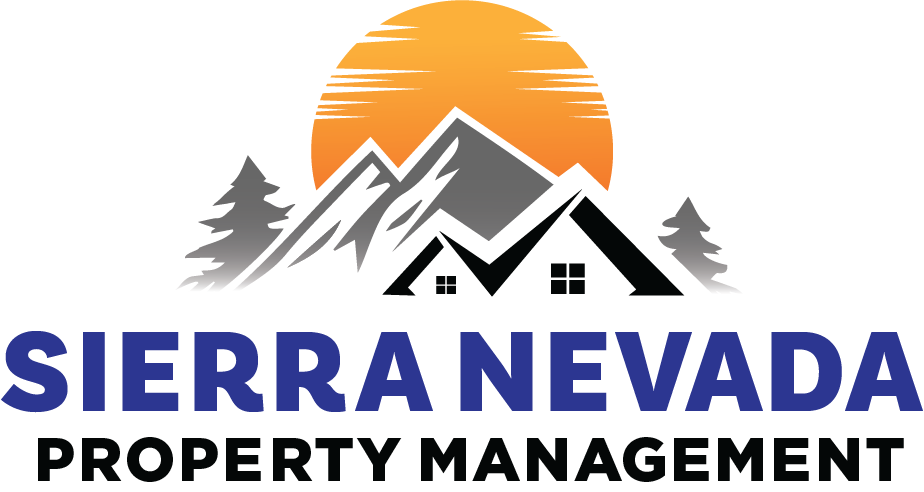
In many condo communities, balconies are desirable features for residents and a significant area of responsibility for both individual owners and the homeowners’ association (HOA). Understanding the legal obligations, inspection requirements, and upkeep responsibilities is essential to ensuring the safety and longevity of these structures.
Who is Responsible for Balconies?
Balconies often fall into a category known as “exclusive use common areas.” These are spaces reserved for the private use of individual condo owners but are still part of the building’s overall structure, which the HOA maintains. In many cases, the responsibility for repairs, maintenance, and inspections can be shared between the condo owner and the HOA.
The distinction between who does what can vary depending on the condo’s governing documents, including the declaration and bylaws.
Typically, the association is responsible for maintaining the structural integrity of the balcony, such as ensuring the railings, concrete, and supports are up to code and safe. However, day-to-day maintenance tasks—like cleaning the space or maintaining furniture—usually fall on the individual owner.
Legal Obligations for Inspections
State laws play a significant role in determining how and when balconies must be inspected.
For example, following several high-profile balcony collapses, some states have introduced stringent inspection laws that require routine structural checks by licensed engineers.
These laws aim to prevent accidents by ensuring that balconies meet current safety standards and are not at risk of failure.
For HOAs, this means keeping up with local and state inspection mandates and ensuring that inspections are completed on time.
Failure to comply with these regulations can lead to hefty fines, legal consequences, or even catastrophic accidents that harm residents. Working with professional inspectors who understand the specific needs of condo balconies is critical in this regard.
Maintenance and Upkeep
Balcony upkeep is a shared responsibility between the individual unit owner and the HOA.
While owners are typically responsible for cosmetic elements like paint and personal decor, the association may be tasked with maintaining the structural components, such as waterproofing or sealing the surfaces to protect against damage.
Periodic maintenance is key to extending the life of a balcony.
Associations should incorporate balcony care into their regular maintenance schedules, ensuring inspections happen frequently, and any potential hazards—such as cracks or water leaks—are addressed immediately.
Proactive upkeep can also save the association money in the long run. Addressing issues early prevents them from becoming more significant, costly problems.
Furthermore, regular communication with owners about their responsibilities can help prevent accidental damage or negligence that could compromise the balcony’s safety.
Conclusion
Balconies in condo communities offer residents a great place to enjoy the outdoors, but they come with important obligations.
Understanding the division of responsibility between individual owners and the HOA is crucial to ensuring that these spaces remain safe and functional.
Regular inspections, proactive maintenance, and compliance with local laws are essential to preventing accidents and maintaining property value.
By working together, HOAs and residents can ensure that balconies remain an asset rather than a liability.
